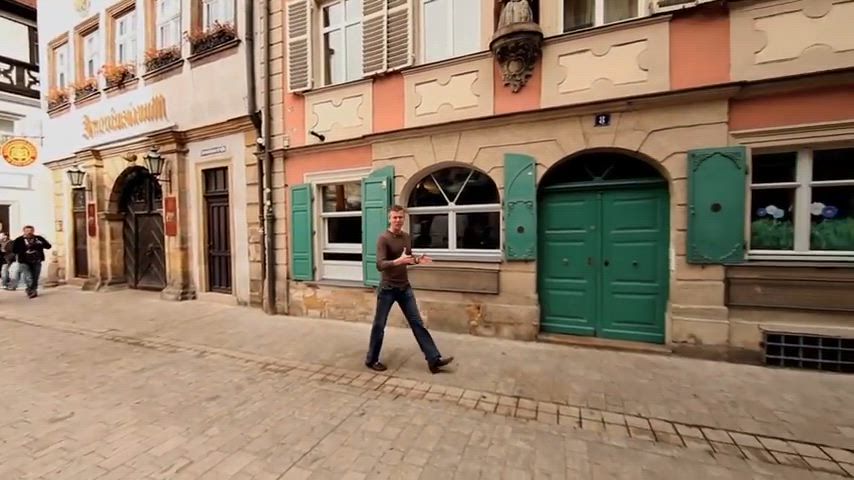A Solemn Journey Through Auschwitz-1: Preserving the Memory of the Holocaust
This sensitive account documents the original Auschwitz concentration camp, which later expanded to include Auschwitz-2, Auschwitz-3, and 45 satellite camps. The article emphasizes the importance of visiting with a knowledgeable guide, like Lydia Kafarska, to fully comprehend the site's historical significance.
The Deception and Scale of Loss
The camp's collection of personal belongings tells a heartbreaking story:
* Jewish victims were told they were being relocated to a new home.
* Of 1.1 million Jews transported to Auschwitz:
The Architecture of Atrocity
The camp's physical structure reveals its evolution and purpose:
* Execution wall in the courtyard for political prisoners.
* Windows deliberately boarded to hide executions from other prisoners.
* Hooks used for torture remain as evidence of systematic cruelty.
* Double-layered electric fence (220 volts) to prevent escape.
* Prisoners attempting suicide by electrocution faced further torture if they survived.
Historical Justice
The site now serves as a memorial and warning:
* Original gas chamber preserved as testament to systematic murder.
* The facility stands as evidence of the Holocaust's reality.
This site serves as a crucial reminder of one of history's darkest chapters, where 1.1 million people, including one million Jews, lost their lives. Its preservation helps ensure that future generations never forget the Holocaust's magnitude and horror.
Visitor Information:
Private guided tours are strongly recommended for a deeper understanding of the site's historical significance and the events that occurred there. The experience provides crucial context for comprehending the scale of the Holocaust.






